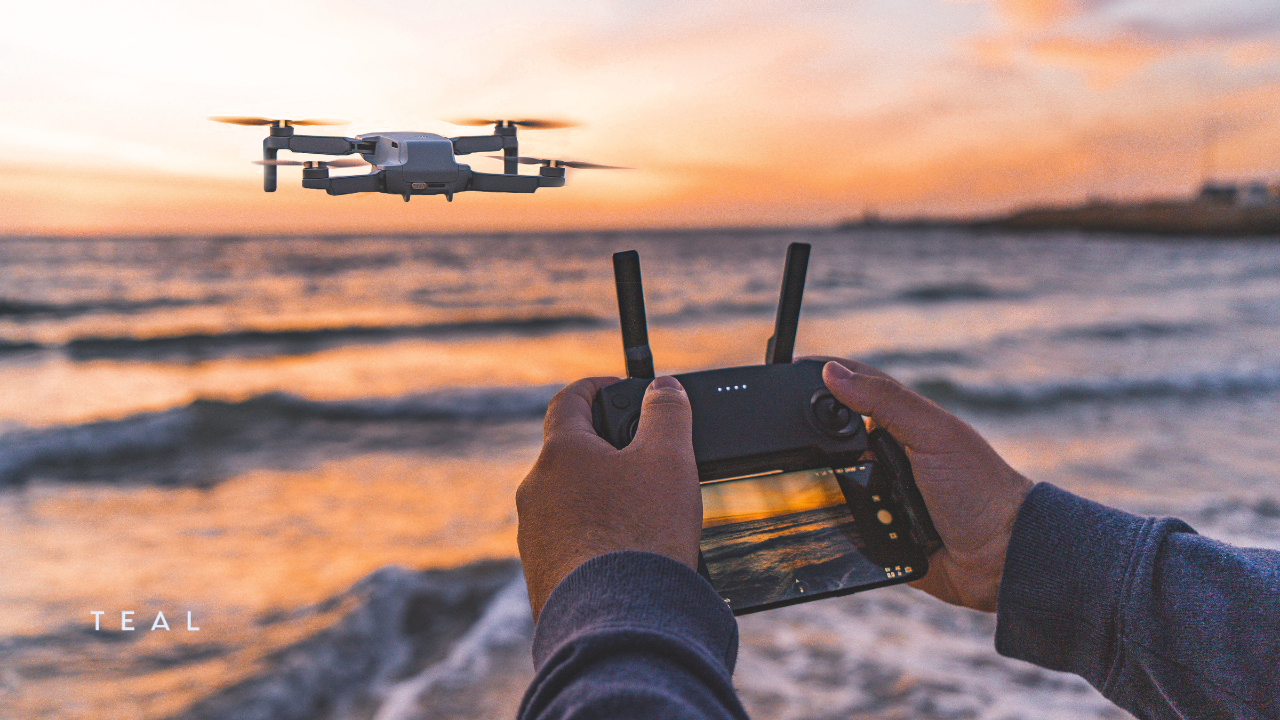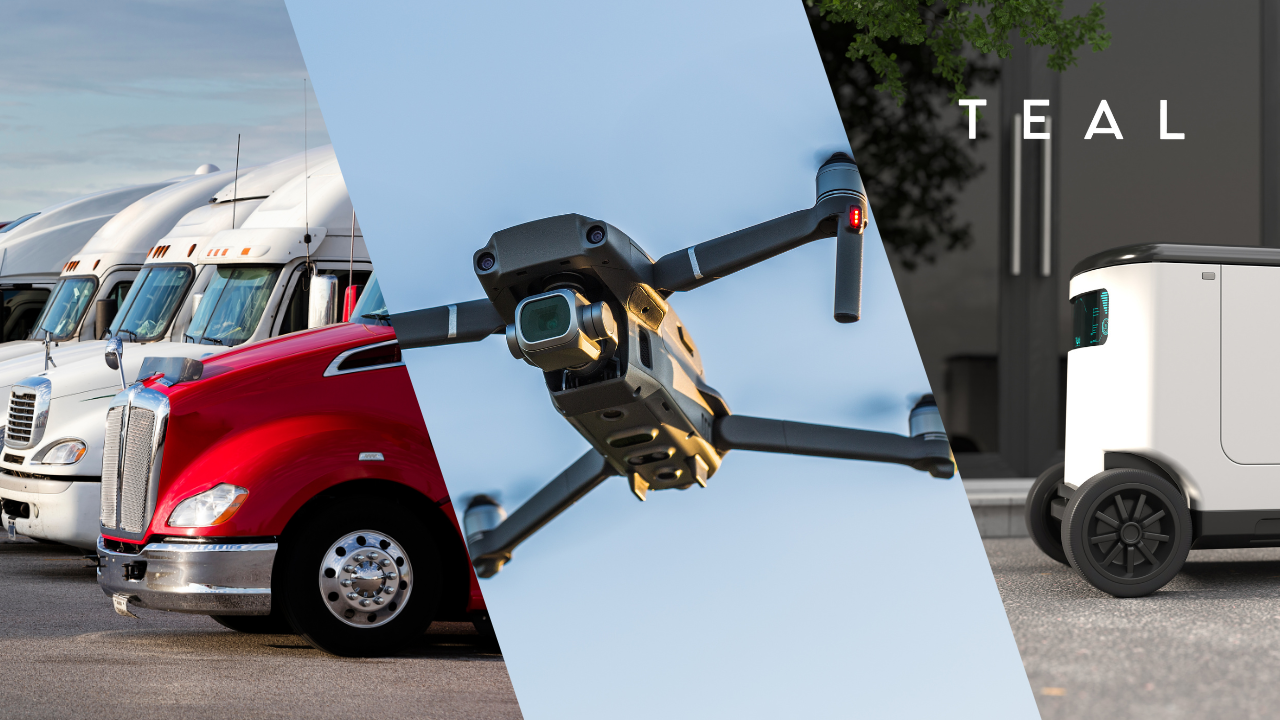The Importance of Reliable, Redundant, Cellular Connectivity for BVLOS Drone Operations

Beyond Visual Line of Sight (BVLOS) drone operations have experienced a significant increase in adoption across various industries in recent years due to their capabilities in performing missions that surpass those of the conventional Visual Line of Sight (VLOS) drones. However, BVLOS operations require significant technological advancements in ensuring safety, security, and adherence to regulatory requirements. One crucial component that BVLOS operations require for reliable communication and control is cellular connectivity. This article delves into the reasons why reliable, redundant, cellular connectivity is critical for BVLOS drone operations.
- Ensures Uninterrupted Communication
BVLOS drone operations require real-time communication between the ground control station (GCS) and the drone to ensure safe flight operations. Reliable, redundant, cellular connectivity guarantees uninterrupted communication regardless of the location of the drone, whether in remote areas or urban environments. Cellular connectivity ensures stable communication, which is crucial for sending commands and receiving real-time data from the drone. This creates an efficient operation and ensures that drone operators can maintain control and monitor their aircraft.
- Real-time Data Transmission and Retrieval
BVLOS drone operations require the efficient collection and transmission of data from the drone to the ground station in real-time. The use of reliable, redundant, cellular connectivity ensures the real-time transmission and retrieval of critical data, regardless of the flying location. Data such as images, videos, GPS location, and telemetry data are critical to critical drone missions, such as mapping, surveying, and search and rescue operations. This makes cellular connectivity an indispensable feature in performing BVLOS drone operations.
- Provides Autonomous Operations Capabilities
BVLOS operations require an autonomous communication method capable of ensuring a seamless connection between the drone and ground station. Reliable, redundant, cellular connectivity enables BVLOS drones to operate autonomously in areas without Wifi and other forms of connectivity. This ensures that the drone can conduct its mission efficiently while maintaining constant communication with the ground station. This is particularly useful in emergency situations, where the drone operator may not have the time to manually adjust settings and commands to guide the drone to its destination.
- Regulation Compliance
BVLOS drone operations must adhere to strict regulations, which include maintaining communication with the drone at all times. Reliable, redundant, cellular connectivity ensures that the drone operator is compliant with regulations by maintaining a seamless connection between the drone and ground station. This is particularly useful in applications such as commercial deliveries, where BVLOS operations require cellular connectivity to transmit and receive GPS data and other critical information.
- Security
BVLOS drone operations require secure communication to prevent potential threats from interfering with drone communication and controlling. Cellular connectivity makes secure communication possible, providing an additional layer of security through encryption features. This ensures that the BVLOS drone operations remain secure and that the vital data transmitted and received cannot fall into the wrong hands.
As BVLOS drone operations continue to rise in adoption across different industries, reliable, redundant, cellular connectivity is critical to ensure safe, efficient, and successful missions. The benefits of using cellular connectivity in BVLOS operations include uninterrupted communication, real-time data transmission and retrieval, autonomous operations capabilities, regulatory compliance, and security. By ensuring that BVLOS drones have effective cellular connectivity, drone operators can maintain full control of their aircraft while maximizing efficiency and optimizing delivery of critical data.
To streamline drone deployments, many drone operators are equipping their BVLOS drones with eSIMs, eliminating the need to purchase local SIM cards or navigate the complex process of signing up for local carrier services when deploying their drones to new regions. eSIM technology is a significant step forward for drone connectivity and companies like, Volatus Aerospace, a leader in commercial drones and UAV technology, are leveraging eSIM technology to streamline the deployment of BVLOS drones globally as well as realizing cost savings associated with reducing the accounting headache of managing contracts with multiple connectivity vendors. Read the case study.
Recent Posts
Revolutionizing Global BVLOS Drone Operations with Advanced eSIM Technology
Teal Communications Staff2024-04-03T14:24:37+00:00
Navigating the New Digital Landscape: Futureproofing Against the 3G Shutdowns in Australia and Southeast Asia
Teal Communications Staff2024-03-22T15:06:21+00:00
The Only Connectivity Choice for High-Data Use Cases: The Rising Dominance of eSIM
Teal Communications Staff2024-03-11T18:09:33+00:00




